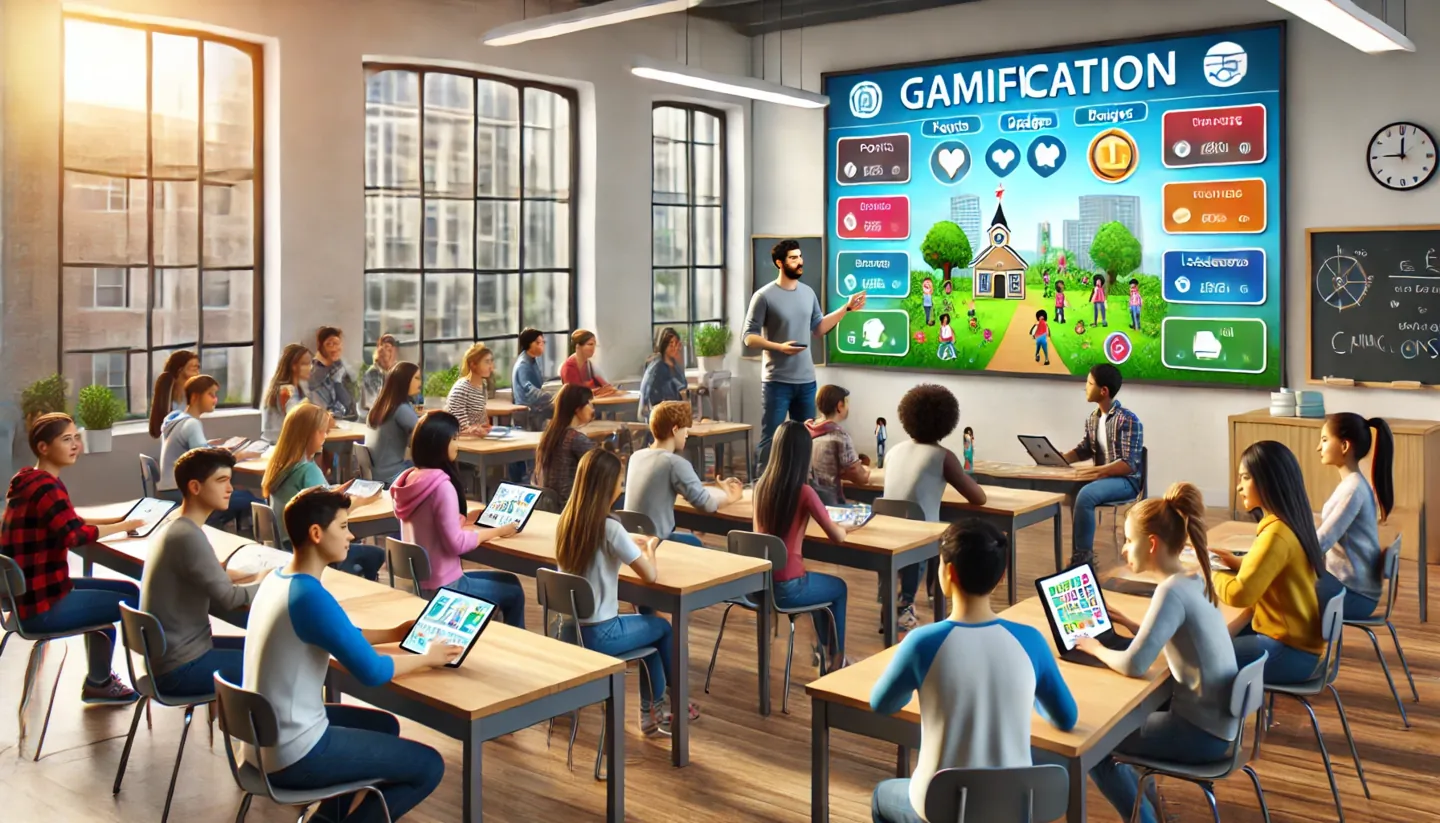In the contemporary educational landscape, the process of education is increasingly encountering new challenges that necessitate the continuous exploration of effective strategies to motivate school students. As technology advances and children's interests evolve, the role of educators becomes ever more critical. How can one captivate the interest of modern students and sustain their motivation for learning?
Interactive Learning Techniques

Interactive teaching methods are gaining popularity in current school practices. Effective utilization of these methods not only enhances the absorption of educational content but also serves as a powerful tool for student motivation.
Student Engagement
The active engagement of students in classroom activities is achieved through a variety of techniques ranging from games and discussions to interactive presentations and group projects. This approach enables students to transition from passive listeners to active participants in the learning process.
Creating a Positive Environment
The use of interactive methods fosters the creation of a friendly and supportive classroom atmosphere. Collaborative activities where each student can display their abilities promote mutual assistance and strengthen relationships among students.
Developing Analytical Thinking
Interactive learning frequently requires students to engage in analysis, discussions, and solution-finding, which aids in developing critical thinking, logical reasoning, and creative abilities.
Gamification in Education

Integrating game elements into the educational process is becoming an increasingly common method to motivate students. This strategy not only makes learning more engaging but also encourages active participation in the educational journey.
Encouraging Competition
Gamification creates a competitive atmosphere in classrooms, motivating students to aspire for better outcomes. Various game mechanics, such as leaderboards and achievements, motivate children to actively engage and strive to reach their goals.
Making Learning Captivating
The inclusion of game elements like quests, tasks, and adventures renders the learning process more interesting and engaging for students. They perceive lessons as a game, which facilitates deeper understanding and retention of the material.
Stimulating Self-Development
The opportunity to earn points, rewards, or achievements for successfully completing tasks encourages students toward self-improvement and new accomplishments. This instills in them a habit of independent work and continuous self-enhancement.
Personalizing Learning
Gamification allows educators to tailor educational material to the individual needs and interests of each student. As a result, every student can choose tasks and difficulty levels according to their abilities.
Fostering Team Spirit
Many game-based tasks include elements of teamwork, which helps develop skills in collaboration, information exchange, and mutual support among students.
Personal Growth

Personal development plays a crucial role in motivating students and their active participation in the educational process. An approach based on the individual needs and interests of each student not only improves their academic outcomes but also fosters personal qualities.
Consideration of Individual Characteristics
Personal development begins with the educator's understanding of each student's individual characteristics, including their interests, abilities, and personal goals and needs.
Developing Self-Esteem
A positive self-view and confidence in one’s abilities are vital components of student motivation. Encouraging efforts, even if the results are not yet perfect, helps develop self-esteem and confidence.
Value Formation
An important part of personal development involves shaping the student's values and beliefs. Supporting the development of positive values such as diligence, responsibility, and respect for others fosters sustainable motivation for learning.
Attracting Attention
Attracting students' attention is key to maintaining their motivation for learning. Effective methods of engagement not only make lessons more interesting but also stimulate students to actively participate in the educational process.
Utilizing External Resources
Attracting students' attention can also be achieved through external resources, such as guest speakers, excursions, or practical workshops. This not only diversifies the educational process but also allows students to see the practical application of their studies.
Active Interaction
Creating an atmosphere of active interaction in the classroom helps attract students' attention and maintain their motivation. Conducting group discussions, games, case studies, and addressing current issues make lessons more dynamic and interesting.
Individualized Approach

Considering the individual interests, needs, and abilities of each student allows for the creation of lessons that maximally engage their attention. Individual assignments, projects, and evaluation methods meet the needs of each student effectively.
Support and Encouragement
Support and encouragement play a crucial role in shaping students' motivation for learning and achieving success in the educational process. Effective use of these methods helps create a favorable classroom atmosphere, boosts students' self-esteem, and stimulates their active participation in learning activities.
Supporting Efforts
Teacher support for student efforts is key to shaping their motivation for learning. Positive words, encouragement, and support in challenging situations help students feel more confident and continue progressing toward their goals.
Encouraging Achievements
Encouraging students for their achievements and successful task completion is a powerful stimulus for further efforts. This can be public recognition or small rewards or praise that help students feel valued and motivate them for further development.
Setting Goals and Monitoring Progress
Setting achievable goals and systematically monitoring progress help students assess their achievements and feel satisfied with their successes. Support in achieving these goals stimulates them to continual self-improvement.
Conclusion

Motivating students is a complex and multifaceted process that requires constant attention and a creative approach. It is important to remember that each student is unique, and the approach to them should be individualized. Developing an interest in learning and self-development is the key to successful education and future achievements in life.










